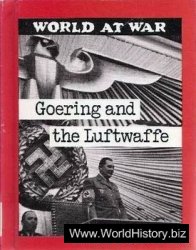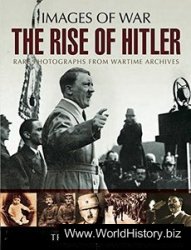Sir William Berkeley, governor of Virginia for 38 years, wrote in 1671: “But I thank God, we have not free schools nor printing; and I hope we shall not have these hundred years.” Despite his wish, printing thrived in colonial America.
In 1639, a century after the Spanish had established a printing press in Mexico City, printing began in British North America. The first press was established in Cambridge, Massachusetts, primarily for the use of Harvard College. The first printed item was The Oath of a Free-Man, a broadsheet containing an oath for all citizens of the Massachusetts Bay Colony; the first book was the Bay Psalm Book (1639). While Boston became the primary center for printing, presses were established in Philadelphia in 1685 and in New York City by 1693. By 1760, 60 printers worked in the colonies.
While the presses in the Spanish colonies printed primarily government documents and religious works, printers in British North America produced a wider collection of materials, including fiction, magazines, almanacs, and schoolbooks. Newspapers, however, were slow to develop in the British colonies. Demand for news was initially satisfied by English papers, which arrived frequently by ship; apparently, there was little interest in local news, because the settlers were more oriented toward their homeland than to their colonial neighbors. The growth of commerce and the possibility of advertising revenue helped the development of newspapers. In 1690 Benjamin Harris published his Publick Occurences Both Foreign and Domestick, the first American newspaper, which authorities banned after only one issue. There would not be another American newspaper until 1704, when John Campbell, the postmaster of the Boston post office, published the first continuous American newspaper, the Bo. ston News-Letter. Campbell clipped items from incoming London newspapers and printed them as foreign news. Circulation never exceeded 300 copies, a small number that reflected the dullness of a newspaper in which the copy was cleared with either the governor or his secretary.
Independent journalism emerged with the establishment in 1721 of the New England Courant by James Franklin (the elder brother of Benjamin). While James Franklin’s paper lasted only five years, it was extremely influential. Franklin began what has become known as “crusade” journalism when he attacked Increase Mather and his son Cotton Mather for supporting the idea of inoculating people with blood from recovered smallpox patients. Franklin was bitingly nasty in his attacks until it became clear that the Mathers were right. This independent style of journalism attracted more readers, and by 1750, 14 weekly newspapers appeared in the six most populous colonies.
Except for a few success stories, such as the Bradfords in New York, the Greens in Boston, and, most famously, Benjamin Franklin in Philadelphia, colonial printers usually were not prosperous. Most were hardworking artisans who scraped by with whatever business they could find.
While men dominated printing, their widows occasionally inherited and maintained presses and thereby exerted considerable influence in early America. Ann Smith Franklin, the widow of James Franklin, became the first female printer in New England and successfully ran the printing business for several decades.
Further reading: William L. Joyce, ed., Printing and Society in Early America (Worcester, Mass.: American Antiquarian Society, 1983); Lawrence C. Wroth, The Colonial Printer (Charlottesville, Va.: Dominion Books, 1938, 1964).
—Kenneth Pearl




 World History
World History









